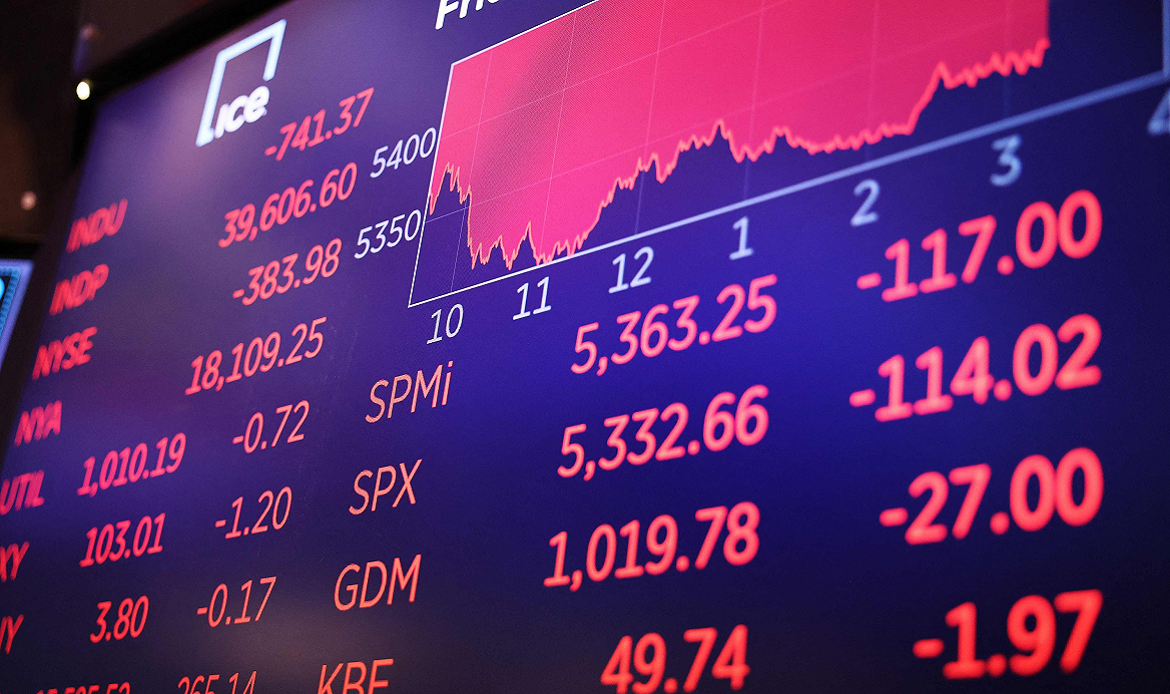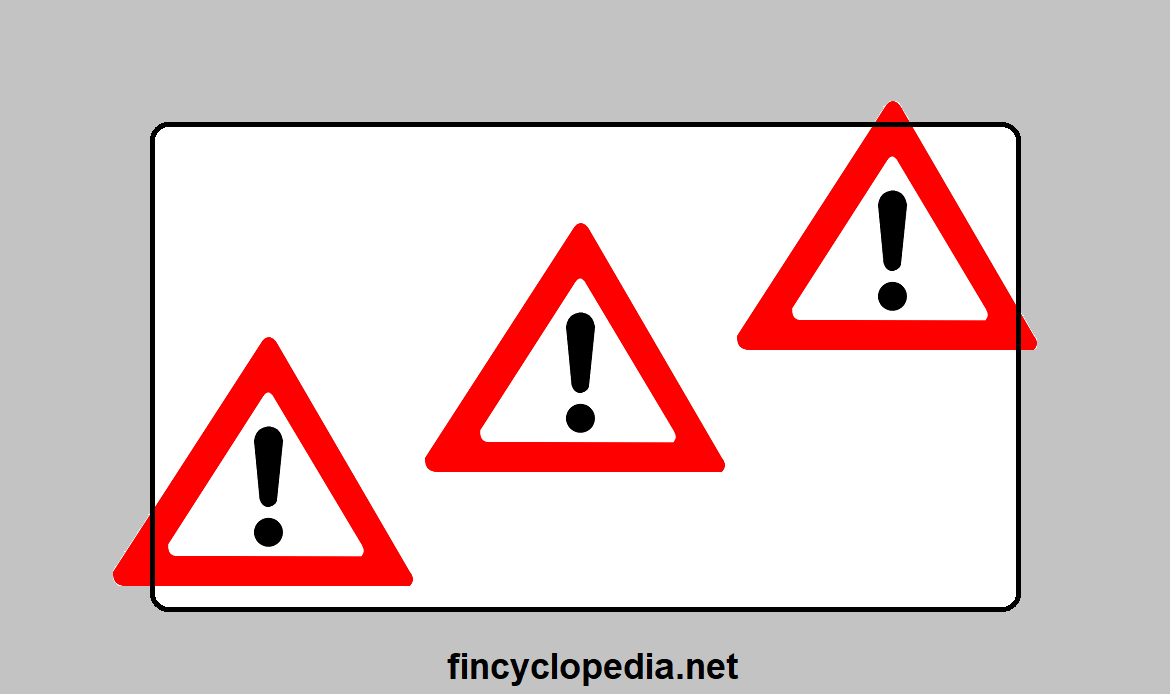The credit risk that is associated with, or resulting from, bonds. It measures the ability of a bond issuer to meet its obligations, in terms of payment of interest and repayment of the bond’s par value, to its bondholders. Otherwise the issuer is in default and the bondholders do not receive these payments. Rating agencies assess bonds based on the amount of their credit risk. Bonds that carry tiny risk are classified “investment grade” while bonds with high levels of risk are called junk bonds. Bonds with high levels of credit risk typically pay a higher coupon rate than more secured bonds. It can be said that the higher the coupon rate the higher the risk, and vice versa.
Among the key considerations when buying bonds is credit rating. This rating varies according to the amount of risk embedded in a given bond issue, the future performance of the bonds, and major corporate events (positive and negative alike- negative events include scandals, legal cases lodged against the issuer, etc). Bonds issued by stable and credit-worthy governments are considered risk-free (highly safe investments). In contrast, corporate bonds experience varying degrees of default possibilities and are, as such, risky investments.
The credit risk of bonds can be reduced by diversification: buying bonds issued by different risk factors (risk-free, risky, high-yield, etc.) with varying maturities.






